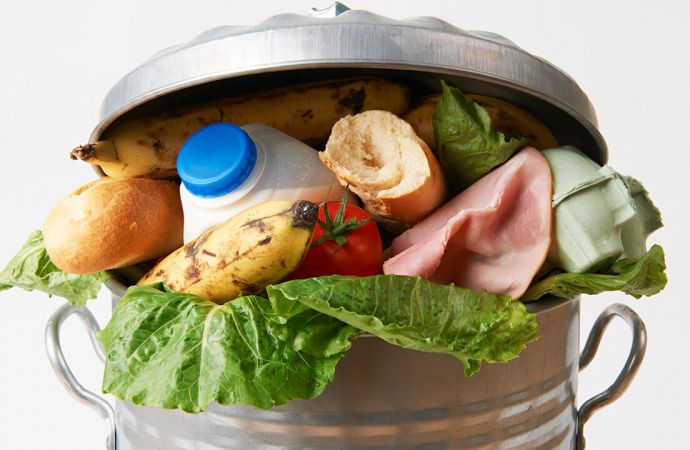GHG emissions from food waste caused by sub-par refrigeration practices are estmated at 7.0Mt of CO2e in 2018.

© Ian Allenden/ 123RF.com
A new report looking at the causes of food waste in Australia attributes AU$3.8 billion (US$2.63 billion) in wasted food to “breaks and deficiencies in the cold food chain.”
The report, by The Expert Group, a Melbourne, Australia-based consulting firm, says that this is the “first time” dollar losses linked to cold chain practices in Austria have been calculated.
The report – titled “Study of Waste in the Cold Food Chain and Opportunities for Improvement” – was sponsored by the Department of Agriculture, Water and the Environment, and by the trade group Refrigerants Australia; it was published last month.
The full report and a short summary of its contents can be found on the Refrigerants Australia website.
The report’s main finding is that “conservative estimates put the cost of food waste within the cold food chain at $3.8 [AUS] billion at farm gate values.”
In specific product categories, Australia loses 25% (1,930,000 metric tons) of its annual fruit and vegetable production, 3.5% of meat (155,000 metric tons) and seafood (8,500 metric tons) production, as well as 1% (90,000 metric tons) of annual dairy production value, the reports said.
The report estimates the greenhouse gas (GHG) emissions from food waste attributed to sub-par refrigeration technology, practices and processes at 7.0Mt (million metric tons) of CO2e in 2018, which is about 1.3% of Australia’s annual greenhouse gas emissions.
This is equivalent to more than 35% of the total emissions (direct and indirect) from operating the cold food chain in the same year (18.9Mt CO2e), the report said.
The study identifies practices that would cost-effectively reduce perishable food waste, including better food handling, such as reducing the time food spends outside refrigerated environments during transfer, more accurate measurement of food temperatures, and better cohesion and monitoring at all steps in the cold chain.
“Food damage is also more likely to occur in the transport and handling of refrigerated product than at stationary points in the cold food chain,” the report says.
In addition, losses could be better predicted, avoided, or reduced by improved ‘chain of custody’ documentation “involving a mix of better practices and the use of rapidly emerging monitoring and reporting technologies,” the report said.
“These improved practices throughout the cold food chain have the potential to reduce food loss in the supply chain and extend shelf life and reduce food loss in the hands of consumers.”
Refrigerants in the cold chain
The report also contains a breakdown of refrigerants used in Australia’s cold food chain, including an estimated 7,100 metric tons of high-GWP refrigerant (excluding domestic refrigerators) and 5,000 metric tons of ammonia (R717).
Within the high-GWP category, R404A makes up 62%, followed by R134a (25%) and R22 with a declining share of 4%, according to the report.
The report also estimated that 1,340 metric of HCFCs and HFCs were used to charge new equipment and replace leaked refrigerant in 2018 for the approximately 1.7 million pieces of cold chain equipment. This represented around 37% of all HCFCs and HFCs used.
The report said that domestic refrigerators in Australia comprised about 1,700 metric tons of R134 and 475 metric tons of hydrocarbon refrigerant.
Related stories



